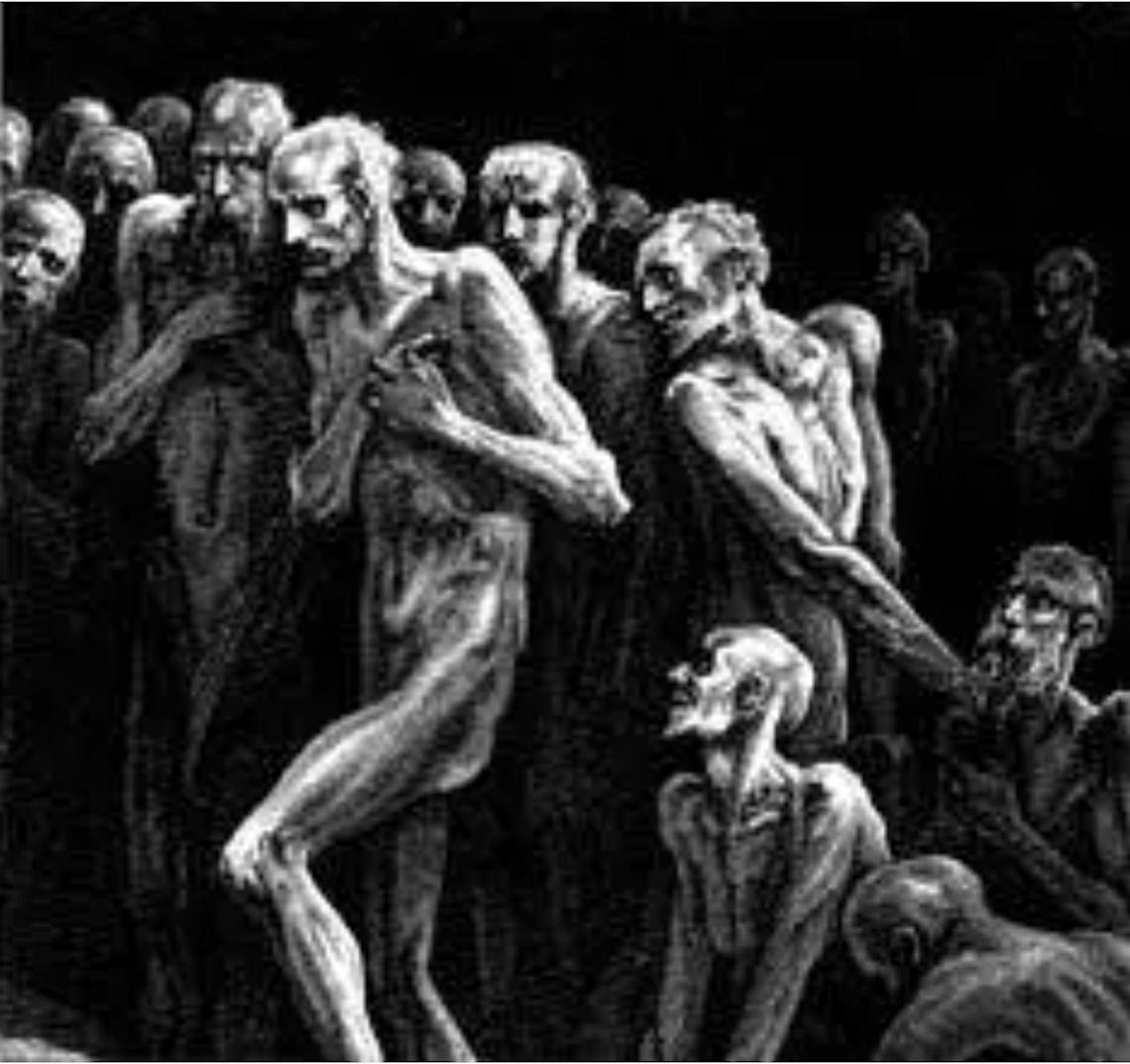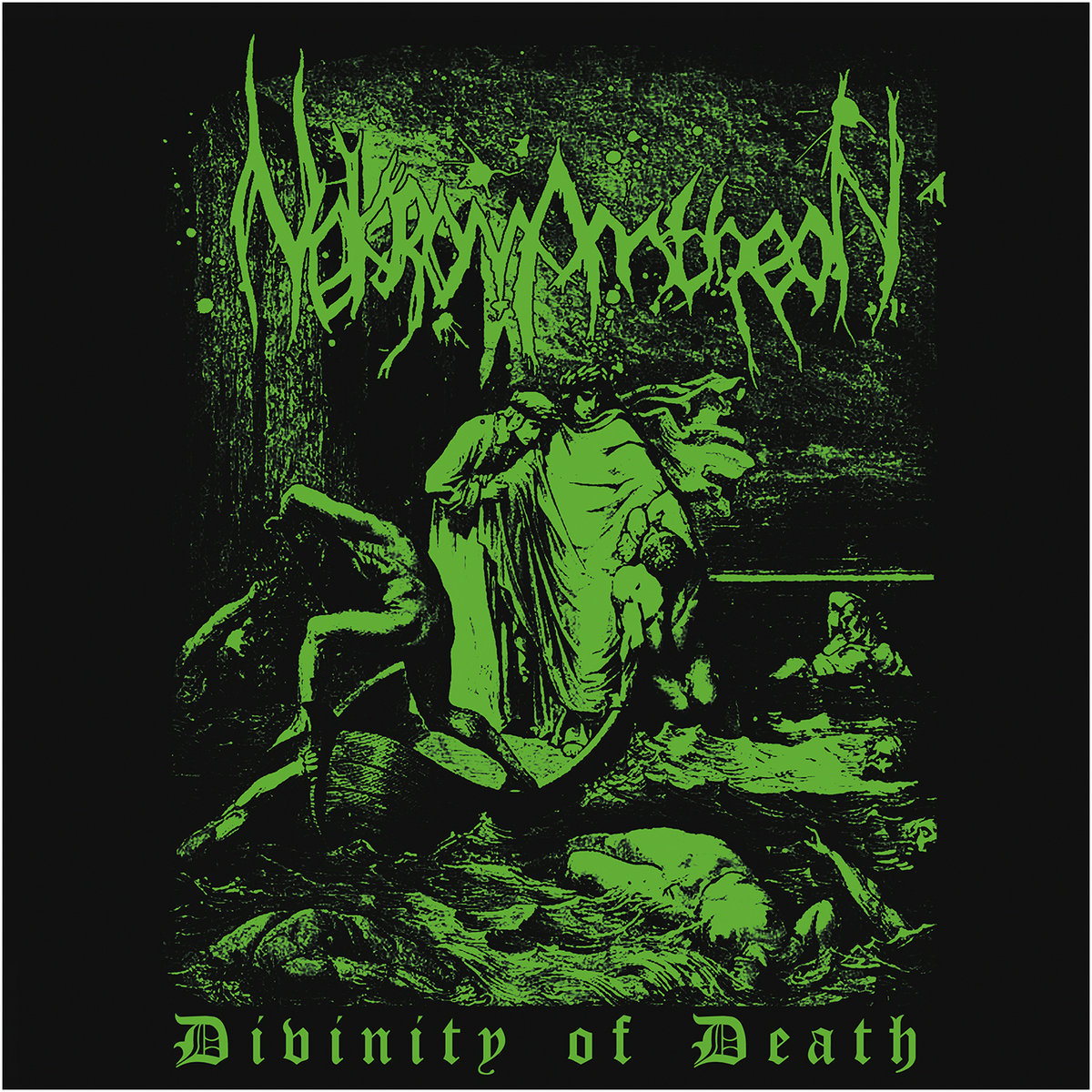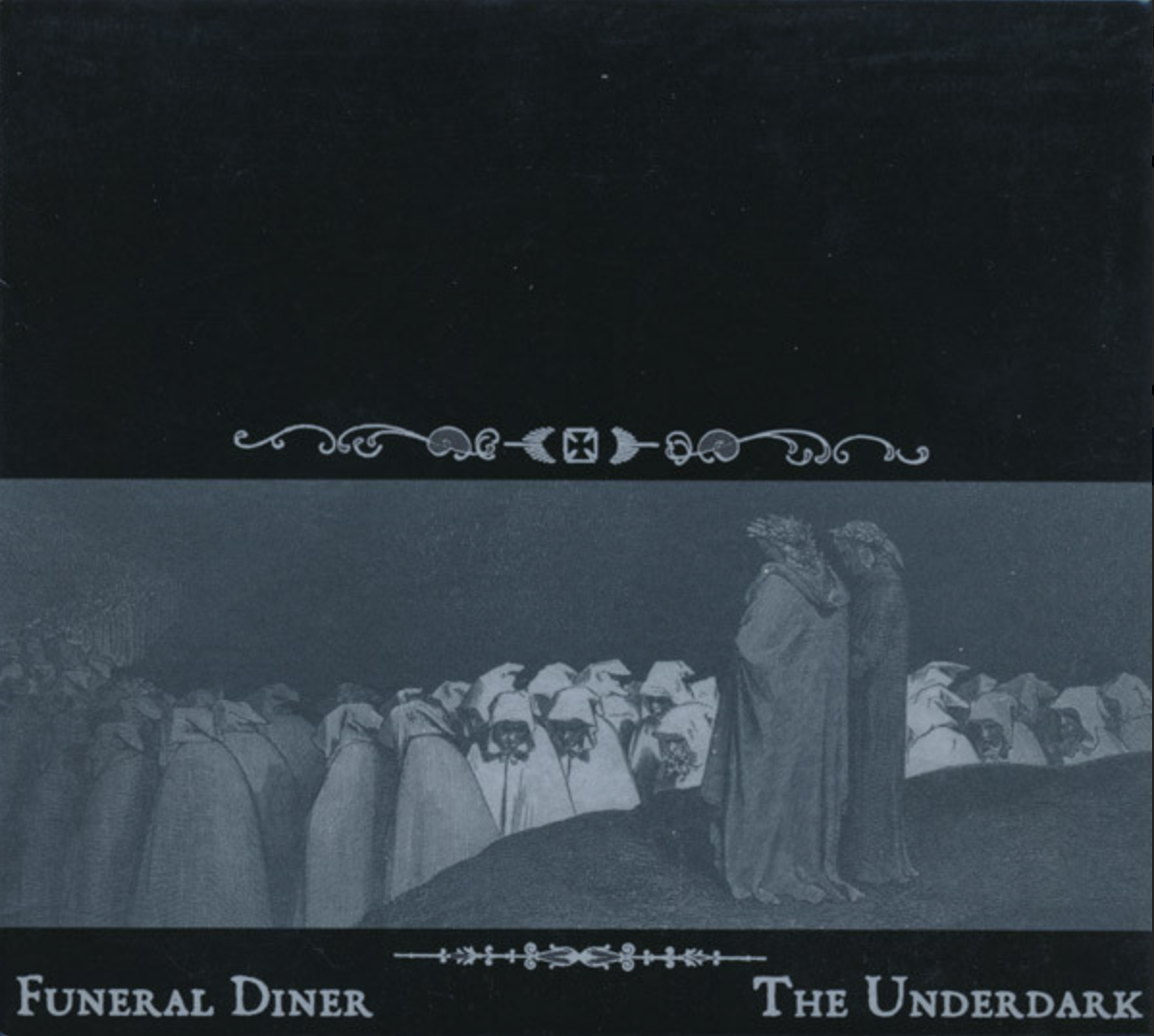 Travel the Unspeakable Depths was a 2006 demo by heavy metal band Azog. Their album art was taken from Gustave Doré’s illustration, The Gluttons.
Travel the Unspeakable Depths was a 2006 demo by heavy metal band Azog. Their album art was taken from Gustave Doré’s illustration, The Gluttons.
Find the album here.
Find Gustave Doré’s illustration here.
Contributed by Gianluca Giuseffi Grippa
Citings & Sightings of Dante's Works in Contemporary Culture
By Cory Balon
By Cory Balon
By Cory Balon
 “The debut album from Norway’s rulers of evil thrashing oldschool madness is finally re-released on all formats! Featuring members of Obliteration and Audiopain, Divinity Of Death is the perfect blend of classic Slayer, Possessed, Dark Angel, Sepultura etc. combined with Nekromantheon’s own amazing songwriting and instrumental skills. One of the strongest Norwegian debuts, recorded and produced by the band themselves in their own Kick Arse Studio for that old, necro feel!” — Duplicate Records
“The debut album from Norway’s rulers of evil thrashing oldschool madness is finally re-released on all formats! Featuring members of Obliteration and Audiopain, Divinity Of Death is the perfect blend of classic Slayer, Possessed, Dark Angel, Sepultura etc. combined with Nekromantheon’s own amazing songwriting and instrumental skills. One of the strongest Norwegian debuts, recorded and produced by the band themselves in their own Kick Arse Studio for that old, necro feel!” — Duplicate Records
The album art of their album features Gustave Doré’s, Styx-Philippo Argenti.
Find the album here.
Find the illustration here.
Contributed by Gianluca Giuseffi Grippa.
By Cory Balon

The screamo band Funeral Diner released the album The Underdark (2005)with its album art being one of Gustave Doré’s 1857 illustrations for Dante’s Inferno. The specific illustration is titled “The Hypocrites.”
Find The Underdark here.
View Gustave Doré’s illustrations here.
Contributed by Gianluca Giuseffi Grippa
By Cory Balon
“Laborintus II, composed in 1965, was commissioned by the French Television to celebrate the 700th anniversary of Dante’s birth. It takes its title from the poetic collection Laborintus by Edoardo Sanguineti.
The text of Laborintus II develops certain themes from Dante’s Vita nuova, Convivio, and Divina Commedia, combining them – mainly through formal and semantic analogies – with Biblical texts and texts by T. S. Eliot, Pound and Sanguineti himself.”
“The main formal reference of Laborintus II is the catalogue, in its medieval meaning (like the Etymologies of Isodore of Seville, for instance, also appearing in Laborintus), which combines the Dantesque themes of memory, death and usury – that is, the reduction of all things to market value. Individual words and sentences are sometimes to be regarded as autonomous entities, and sometimes to be perceived as part of the sound structure as a whole.”
“The principle of the catalogue is not limited to the text: it underlies the musical structure as well. Laborintus II is a catalogue of references, attitudes and elementary instrumental techniques; a rather didactic catalogue, like a school book dealing with Dantesque visions and musical gestures. The instrumental parts are developed mainly as an extension of the vocal actions of singers and speakers, and the short section of electronic music is conceived as an extension of the instrumental actions.”
“Laborintus II is a theatre work; it can be treated as a story, an allegory, a documentary, a dance. It can be performed in a school, in a theatre, on television, in the open air, or in any other place permitting the gathering of an audience.” –Luciano Berio
Read more about Laborintus II and Luciano Berio here.
Contributed by Gianluca Giuseffi Grippa
All submissions will be considered for posting. Bibliographic references and scholarly essays are also welcome for consideration.
Coggeshall, Elizabeth, and Arielle Saiber, eds. Dante Today: Citings and Sightings of Dante’s Works in Contemporary Culture. Website. Access date.